Golang Convert Int To String
1. Using strconv.Itoa() function:
The strconv package in Go provides a simple function called Itoa() that can be used to convert an integer to a string. Here is an example:
“`go
package main
import (
“fmt”
“strconv”
)
func main() {
num := 42
str := strconv.Itoa(num)
fmt.Println(str)
}
“`
Output:
“`
42
“`
2. Converting int to string using strconv.FormatInt() function:
The strconv package also provides a function called FormatInt() that allows converting an integer to a string with a specified base. The following example demonstrates the usage:
“`go
package main
import (
“fmt”
“strconv”
)
func main() {
num := int64(42)
str := strconv.FormatInt(num, 10)
fmt.Println(str)
}
“`
Output:
“`
42
“`
3. Converting int to string using fmt.Sprintf() function:
The fmt package in Go provides the Sprintf() function, which enables formatting a string with placeholders. By utilizing this function, we can easily convert an integer to a string:
“`go
package main
import (
“fmt”
)
func main() {
num := 42
str := fmt.Sprintf(“%d”, num)
fmt.Println(str)
}
“`
Output:
“`
42
“`
4. Using the strconv.FormatUint() function to convert int to string:
If we have an unsigned integer, we can utilize the strconv.FormatUint() function to convert it to a string. Here’s an example:
“`go
package main
import (
“fmt”
“strconv”
)
func main() {
num := uint(42)
str := strconv.FormatUint(uint64(num), 10)
fmt.Println(str)
}
“`
Output:
“`
42
“`
5. Using the strconv.FormatFloat() function to convert int to string:
In cases where we need to convert a floating-point number to a string, the strconv package provides the FormatFloat() function. Here’s an example:
“`go
package main
import (
“fmt”
“strconv”
)
func main() {
num := 3.14
str := strconv.FormatFloat(num, ‘f’, -1, 64)
fmt.Println(str)
}
“`
Output:
“`
3.14
“`
6. Using a byte buffer to convert int to string in Go:
An alternative approach to string concatenation is using a byte buffer, which can be more efficient when dealing with a large number of concatenations. Here’s an example:
“`go
package main
import (
“bytes”
“fmt”
)
func main() {
var buffer bytes.Buffer
num := 42
buffer.WriteString(fmt.Sprintf(“%d”, num))
str := buffer.String()
fmt.Println(str)
}
“`
Output:
“`
42
“`
7. Converting int to string using the strconv.AppendInt() function:
The strconv package also provides the AppendInt() function, which allows appending an integer to an existing byte slice. Here’s an example:
“`go
package main
import (
“fmt”
“strconv”
)
func main() {
num := int64(42)
var str []byte
str = strconv.AppendInt(str, num, 10)
fmt.Println(string(str))
}
“`
Output:
“`
42
“`
8. Using a rune slice to convert int to string in Go:
Rune is an alias for the int32 type in Go, and it can be used to store Unicode code points. By using a rune slice, we can convert an integer to its corresponding Unicode character. Here’s an example:
“`go
package main
import (
“fmt”
)
func main() {
num := 42
str := []rune(string(num))
fmt.Println(string(str))
}
“`
Output:
“`
*
“`
FAQs:
Q: How to convert int to int32 in Go?
A: In Go, there’s no need for explicit conversion of int to int32. Both types are compatible, and a direct assignment can be made between them.
Q: How to change a string to an int in Go?
A: The strconv package provides a function called Atoi() that can be used to convert a string to an integer. However, it is important to handle errors that may occur during the conversion process.
Q: How to convert any type to a string in Go?
A: The fmt package provides a function called Sprintf() that can be used to format values of any type into a string.
Q: How to convert Int64 to string in Go?
A: The strconv package provides the FormatInt() function, which can be used to convert an int64 to a string.
Q: How to convert Uint to string in Go?
A: The strconv package provides the FormatUint() function, which allows converting an unsigned integer to a string.
Q: How to convert an array of integers to a string in Go?
A: Go does not provide a built-in function to convert an array of integers to a string. However, you can use a loop to individually convert each integer to a string and then concatenate them.
Q: How to convert a string to int32 in Go?
A: The strconv package provides a function called ParseInt() that can be used to convert a string to an int32. Again, it is important to handle any errors that may occur during the conversion process.
Q: How to concatenate a string and an integer in Go?
A: There are multiple ways to concatenate a string and an integer in Go. One approach is to use the fmt.Sprintf() function, as demonstrated in method 3 above.
In conclusion, Go provides several methods and functions to convert an integer to a string. The choice of method depends on the specific requirements and constraints of the application. It is essential to handle errors and ensure the correct conversion of data.
How To Convert Integers To Strings In Go – Learn Golang #11
Keywords searched by users: golang convert int to string Convert int to int32 golang, Change string to int golang, Convert any to string golang, Int64 to string Golang, Uint to string Golang, Convert array int to string Golang, Convert string to int32 golang, Golang concat string and int
Categories: Top 30 Golang Convert Int To String
See more here: nhanvietluanvan.com
Convert Int To Int32 Golang
In the world of programming, data manipulation is a crucial aspect that demands careful handling. While working with numbers, we often come across situations where we need to convert one data type to another. In Golang, such tasks are quite common, and today, we will explore how to convert an int to int32 effectively.
Golang provides a variety of numeric types to fulfill distinct requirements. The int type represents signed integers that can range from -9223372036854775808 to 9223372036854775807 on a 64-bit system. On the other hand, int32 is a specific type that represents 32-bit signed integers. The int32 type ranges from -2147483648 to 2147483647.
Now, let’s dive into the different approaches to convert an int to int32 in Golang:
1. Using Type Conversion:
The most straightforward way to convert an int to int32 is by utilizing the type conversion syntax. In Golang, we can simply cast the int variable to int32, as shown in the following example:
“`go
package main
import “fmt”
func main() {
var num int = 42
num32 := int32(num)
fmt.Printf(“Int: %d\n”, num)
fmt.Printf(“Int32: %d\n”, num32)
}
“`
Output:
“`
Int: 42
Int32: 42
“`
As demonstrated, we first declare an int variable `num` with the value 42. By applying type conversion `num32 := int32(num)`, we convert the int variable `num` to int32. Finally, we print both variables to observe the conversion.
2. Using the `strconv` Package:
Golang’s `strconv` package provides a set of functions for converting strings to various data types, including int32. By converting the int to a string and then parsing it as int32, we can achieve the desired result. Here’s an example:
“`go
package main
import (
“fmt”
“strconv”
)
func main() {
var num int = 42
numStr := strconv.Itoa(num)
num32, err := strconv.ParseInt(numStr, 10, 32)
if err != nil {
fmt.Printf(“Error: %s\n”, err)
return
}
fmt.Printf(“Int: %d\n”, num)
fmt.Printf(“Int32: %d\n”, num32)
}
“`
Output:
“`
Int: 42
Int32: 42
“`
Here, we convert the int variable `num` to its string representation using `strconv.Itoa()`. Then, we use `strconv.ParseInt()` to parse the string as an int32. If the conversion encounters an error, we handle it accordingly. Finally, we print both variables to verify the conversion.
FAQs:
Q1. What happens if the int value is out of range for int32?
A1. When converting an int to int32, if the value exceeds the range of int32 (-2147483648 to 2147483647), it will wrap around and produce an incorrect result. It is crucial to ensure that the int value is within the valid range to avoid potential issues.
Q2. Can we convert int64 to int32 using the same techniques?
A2. Though similar in concept, converting int64 to int32 requires a different approach. We need to pay attention to overflow and handle it appropriately to prevent any data loss. Golang offers functions like `int32()` and `int64()` to safely convert between these types.
Q3. Are there any performance implications for type conversions?
A3. Type conversions in Golang involve both runtime and memory overhead. When converting between different integer types, the Go compiler may need to generate additional instructions to ensure type safety. While these overheads are minimal, it is advisable to avoid excessive type conversions in performance-critical scenarios.
Q4. Can we convert int32 back to int?
A4. Yes, the reverse conversion, i.e., from int32 to int, is possible using the type conversion syntax. However, if the int32 value exceeds the int range, it will wrap around and may produce incorrect results.
Q5. Are there any other numeric types in Golang?
A5. Definitely! Golang provides an array of numeric types such as int8, int16, int64, uint8, uint16, uint32, uint64, float32, and float64. Each numeric type has its specific range and characteristics, catering to different use cases.
In conclusion, handling data type conversions is an integral part of programming, and Golang offers straightforward methods to convert an int to int32. Whether you choose type conversion or the strconv package, ensure that the range of values falls within the limitations of their respective integer types. Understanding the nuances of these conversions is vital to successfully manipulate and interpret data in your Golang programs.
Change String To Int Golang
Golang, also known as Go, has gained popularity as a programming language due to its simplicity, efficiency, and strong support for concurrency. When working with different types of data, there are times when you may need to convert a string to an integer value. In this article, we will explore various approaches to convert a string to an int in Golang, and discuss best practices, caveats, and frequently asked questions (FAQs) related to this topic.
Converting a string to an int is a common task in many programming languages, including Golang. Golang provides multiple built-in functions and methods to achieve this conversion. Let’s dive deeper into the available options:
1. Using strconv.Atoi():
The most straightforward way to convert a string to an int in Golang is by using the Atoi() function from the strconv package. This function takes a string as input and returns the corresponding int value. However, it’s important to note that Atoi() returns two values – the int value and an error. Therefore, it’s crucial to handle the error appropriately to avoid runtime issues.
Here’s an example demonstrating the usage of Atoi():
“`
package main
import (
“fmt”
“strconv”
)
func main() {
str := “42”
i, err := strconv.Atoi(str)
if err != nil {
fmt.Println(“Conversion error:”, err)
return
}
fmt.Println(i)
}
“`
Output:
“`
42
“`
2. Using strconv.ParseInt():
If the string you want to convert to an int represents a number with a specific base, you can use the ParseInt() function. This function takes the string, the base (e.g., 10 for decimal), and the bit size (e.g., 32 or 64) as inputs, and returns the corresponding int value.
Example:
“`go
package main
import (
“fmt”
“strconv”
)
func main() {
str := “101”
i, err := strconv.ParseInt(str, 2, 64)
if err != nil {
fmt.Println(“Conversion error:”, err)
return
}
fmt.Println(i)
}
“`
Output:
“`
5
“`
3. Using the strconv.Atoi() alternative:
In addition to strconv.Atoi(), Go also provides another alternative called strconv.ParseInt(). This function is similar to Atoi() but allows you to specify the base and bit size directly. By default, Atoi() assumes base 10 and int size based on the platform. However, ParseInt() provides more flexibility. It can be used to convert strings representing numbers in different bases, such as hexadecimal or binary.
Here’s an example:
“`go
package main
import (
“fmt”
“strconv”
)
func main() {
str := “FF”
i, err := strconv.ParseInt(str, 16, 64)
if err != nil {
fmt.Println(“Conversion error:”, err)
return
}
fmt.Println(i)
}
“`
Output:
“`
255
“`
FAQs:
Q1. What happens if the string cannot be converted to an int?
A1. When the conversion is not possible, such as when the string contains non-numeric characters, an error will be returned. It is essential to handle this error to avoid unexpected runtime issues.
Q2. What happens if the string represents a number beyond the range of an int?
A2. If the string represents a number that is too large or too small for an int, an error will be returned. To handle cases where the string may exceed the int range, you can use strconv.ParseInt() instead of strconv.Atoi(), specifying a larger bit size (e.g., 64).
Q3. Can we convert a string to other numeric types, such as float64?
A3. Absolutely! The strconv package also provides functions like ParseFloat(), which allows conversion to float64. Similarly, you can use strconv.ParseUint() to convert to unsigned integer types.
Q4. Is there a performance difference between the different conversion methods?
A4. In general, the performance difference between the conversion methods is negligible. However, if your use case requires specific base conversion or handling of errors, choosing the appropriate method can impact performance.
Q5. Are there any best practices for string to int conversion in Golang?
A5. It is recommended to always handle errors returned by conversion functions to avoid runtime panics. Additionally, if you know the base and bit size of the string representation, prefer using strconv.ParseInt() over strconv.Atoi() for better control and flexibility.
In conclusion, understanding how to convert a string to an int in Golang is a fundamental skill for any Go programmer. By leveraging the various built-in functions provided by the strconv package, you can convert strings into integers efficiently. Remember to handle errors appropriately and be mindful of the requirements of your specific use case.
Convert Any To String Golang
When working with the Go programming language (Golang), you may often come across situations where you need to convert any data type to a string. Fortunately, Golang provides built-in features and libraries that make this conversion process straightforward and efficient.
In Golang, the fmt package is commonly used for formatting and printing output. One of its functions, fmt.Sprint, can be used to convert any value to a string.
Here’s an example of how you can use fmt.Sprint to convert values of different types to strings:
“`
package main
import (
“fmt”
)
func main() {
// Converting an integer to a string
num := 42
strNum := fmt.Sprint(num)
fmt.Printf(“The converted string is: %s\n”, strNum)
// Converting a float to a string
flt := 3.14159
strFlt := fmt.Sprint(flt)
fmt.Printf(“The converted string is: %s\n”, strFlt)
// Converting a boolean to a string
boolean := true
strBool := fmt.Sprint(boolean)
fmt.Printf(“The converted string is: %s\n”, strBool)
// Converting an array to a string
arr := [3]int{1, 2, 3}
strArr := fmt.Sprint(arr)
fmt.Printf(“The converted string is: %s\n”, strArr)
// Converting a slice to a string
slice := []string{“Golang”, “is”, “awesome!”}
strSlice := fmt.Sprint(slice)
fmt.Printf(“The converted string is: %s\n”, strSlice)
}
“`
In the above code, we first assign values of different types to variables. We then use fmt.Sprint to convert these values to strings. Finally, we print the converted strings using fmt.Printf.
Note that fmt.Sprint returns the resulting string, which we can assign to a variable or use directly without assigning.
Frequently Asked Questions (FAQs):
Q: Can fmt.Sprint handle custom types?
A: Yes, it can. Golang’s fmt package provides a feature called “stringer” that allows you to define custom string representations for your types. By implementing the String() method for your custom type, you can make fmt.Sprint convert it to a string using your custom format.
Here’s an example:
“`
package main
import (
“fmt”
)
type Person struct {
Name string
Age int
}
func (p Person) String() string {
return fmt.Sprintf(“Name: %s, Age: %d”, p.Name, p.Age)
}
func main() {
person := Person{Name: “John Doe”, Age: 25}
str := fmt.Sprint(person)
fmt.Println(str)
}
“`
In this example, the Person struct implements the String() method, which returns a formatted string representation of the struct’s fields. When we pass a Person object to fmt.Sprint, it automatically calls the String() method to convert it to a string.
Q: Are there any other libraries or packages for converting any type to a string in Golang?
A: Apart from fmt.Sprint, there are a few other libraries and packages available for converting any value to a string in Golang. One such popular library is strconv.
The strconv package provides various functions for converting fundamental types to strings. Some commonly used functions include strconv.Itoa for converting integers to strings and strconv.FormatFloat for converting float64 values to strings.
Here’s an example of using strconv.Itoa:
“`
package main
import (
“fmt”
“strconv”
)
func main() {
num := 42
strNum := strconv.Itoa(num)
fmt.Printf(“The converted string is: %s\n”, strNum)
}
“`
In this example, we use strconv.Itoa to convert an integer to a string.
Q: What if I want to convert a string to another data type?
A: Golang offers features to convert strings to other data types as well. The strconv package provides functions like strconv.Atoi for converting strings to integers and strconv.ParseFloat for converting strings to float64.
Here’s an example of converting a string to an integer using strconv.Atoi:
“`
package main
import (
“fmt”
“strconv”
)
func main() {
strNum := “42”
num, err := strconv.Atoi(strNum)
if err != nil {
fmt.Println(“Error converting string to integer:”, err)
return
}
fmt.Printf(“The converted integer is: %d\n”, num)
}
“`
In this example, strconv.Atoi is used to convert the string “42” to an integer.
In conclusion, Golang provides several convenient methods for converting any data type to a string. The fmt.Sprint function in the fmt package is widely used for this purpose. Additionally, the strconv package offers various functions for converting fundamental types to strings, as well as converting strings to other data types. With these features at your disposal, you can easily handle any type conversions required in your Golang projects.
Images related to the topic golang convert int to string

Found 16 images related to golang convert int to string theme

![Go] Chuyển đổi Int/String Slice sang kiểu dữ liệu String trong Golang - Technology Diver Go] Chuyển Đổi Int/String Slice Sang Kiểu Dữ Liệu String Trong Golang - Technology Diver](https://cuongquach.com/wp-content/uploads/2020/06/convert-int-string-slice-to-string.jpg)

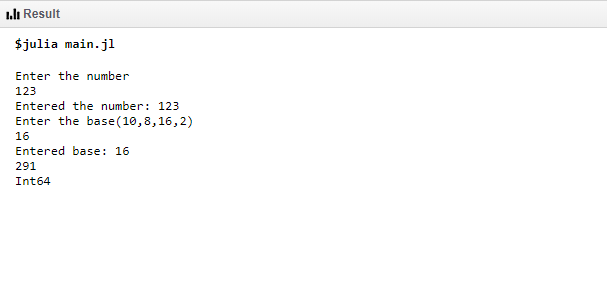

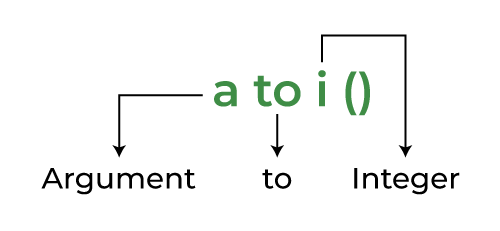
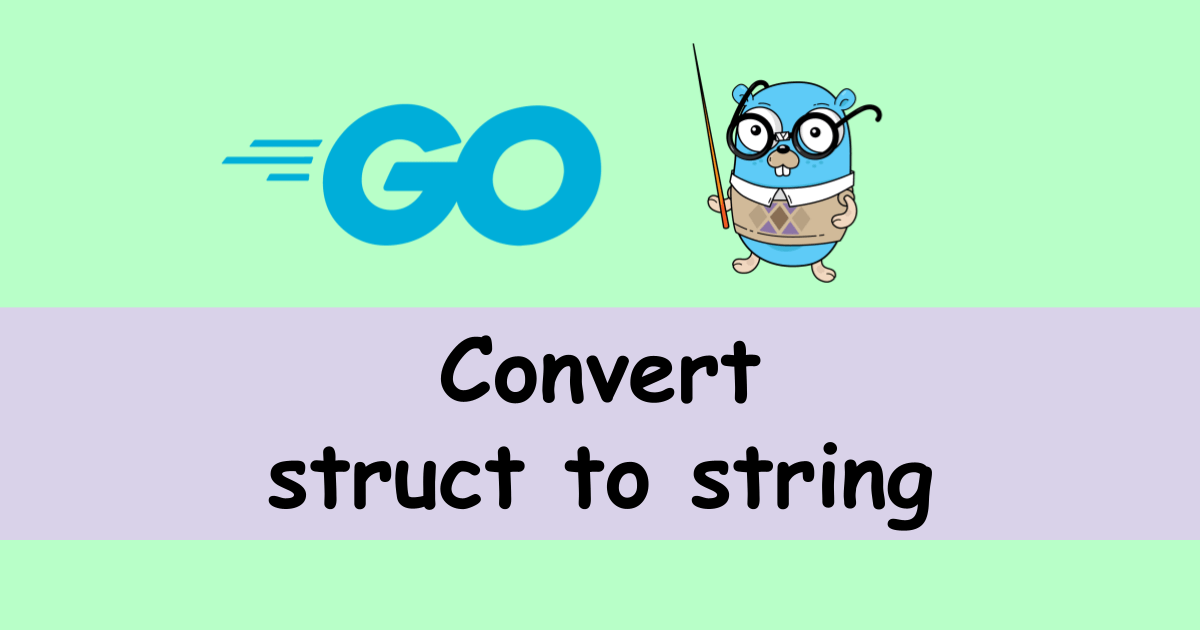
![Golang convert INT to STRING [100% Working] | GoLinuxCloud Golang Convert Int To String [100% Working] | Golinuxcloud](https://www.golinuxcloud.com/wp-content/uploads/golang-int-to-string.jpg)
![Go] Chuyển đổi Int/String Slice sang kiểu dữ liệu String trong Golang - Technology Diver Go] Chuyển Đổi Int/String Slice Sang Kiểu Dữ Liệu String Trong Golang - Technology Diver](https://cuongquach.com/wp-content/uploads/2020/06/convert-int-string-slice-to-string-1280x720.jpg)
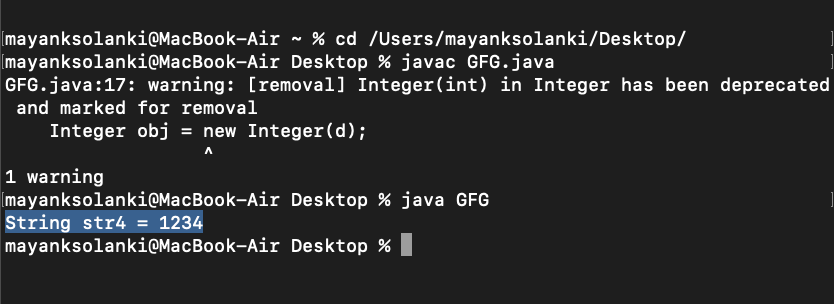



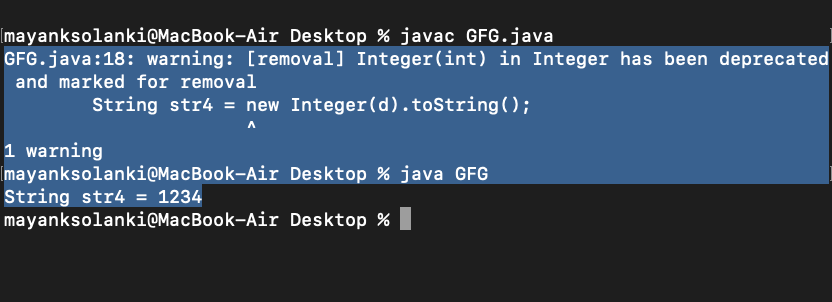

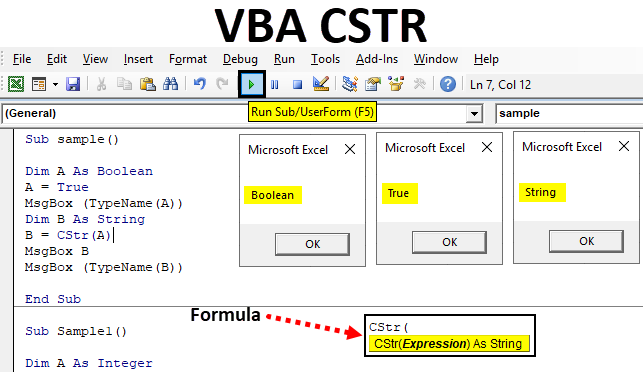




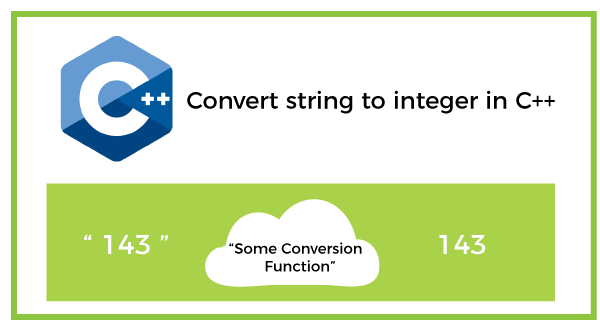
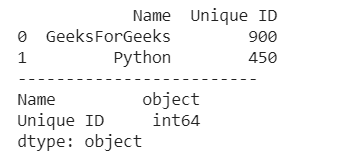


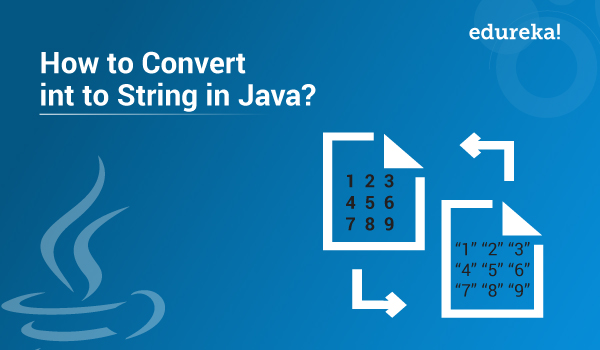
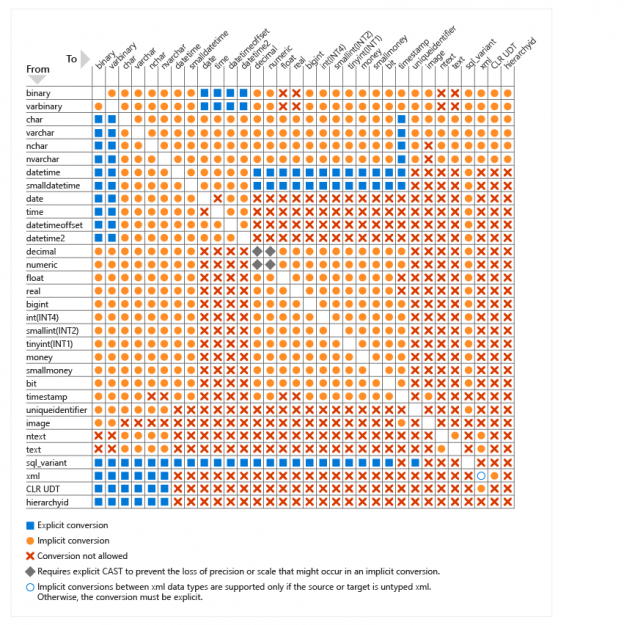

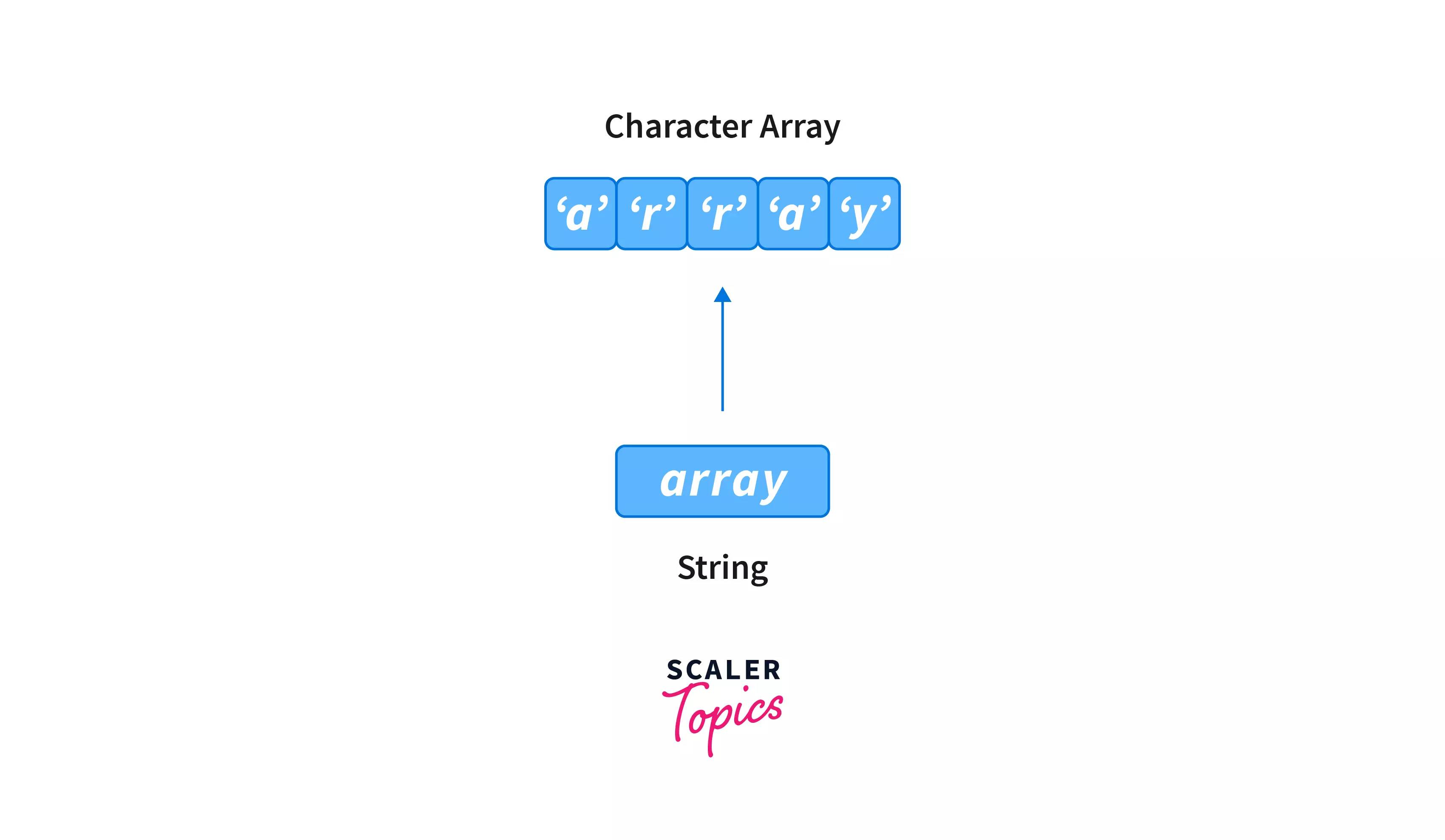




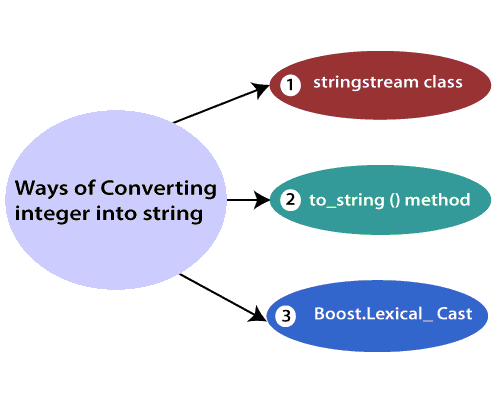


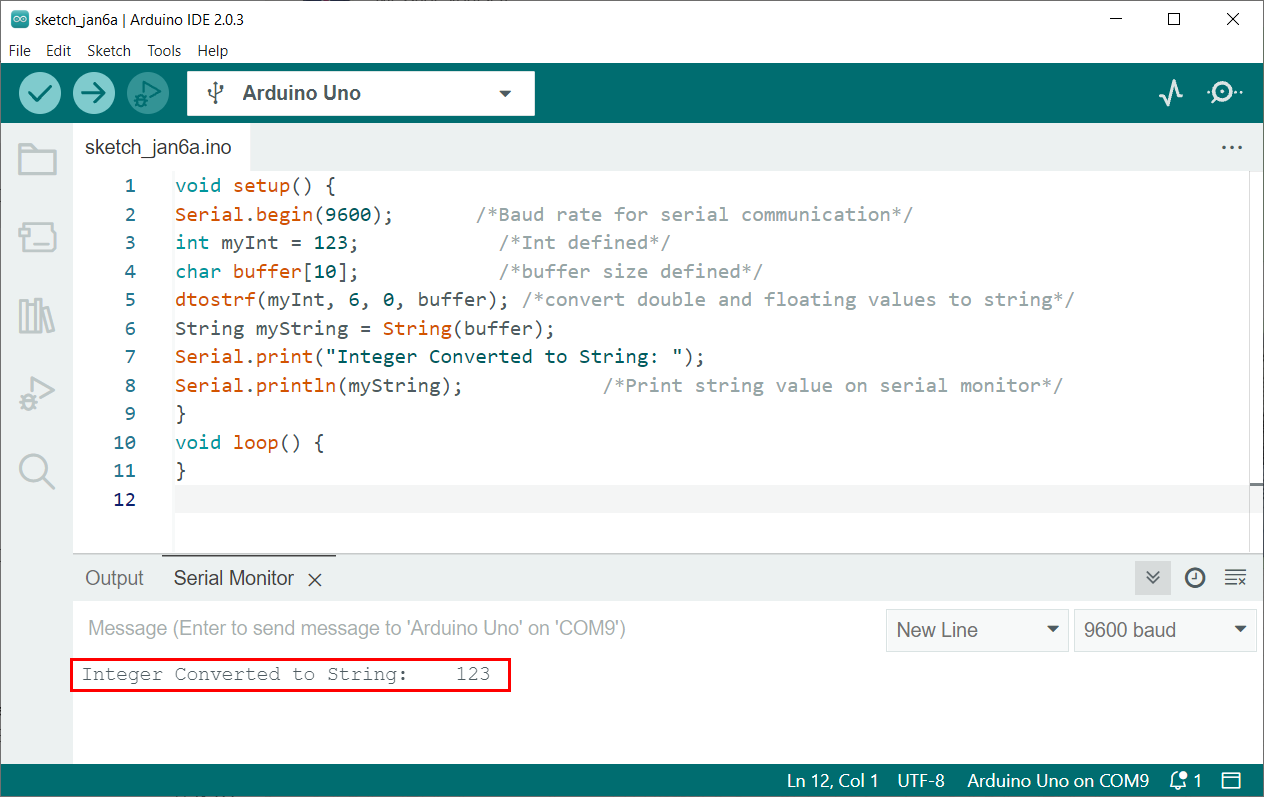


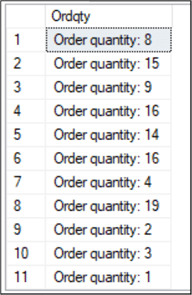
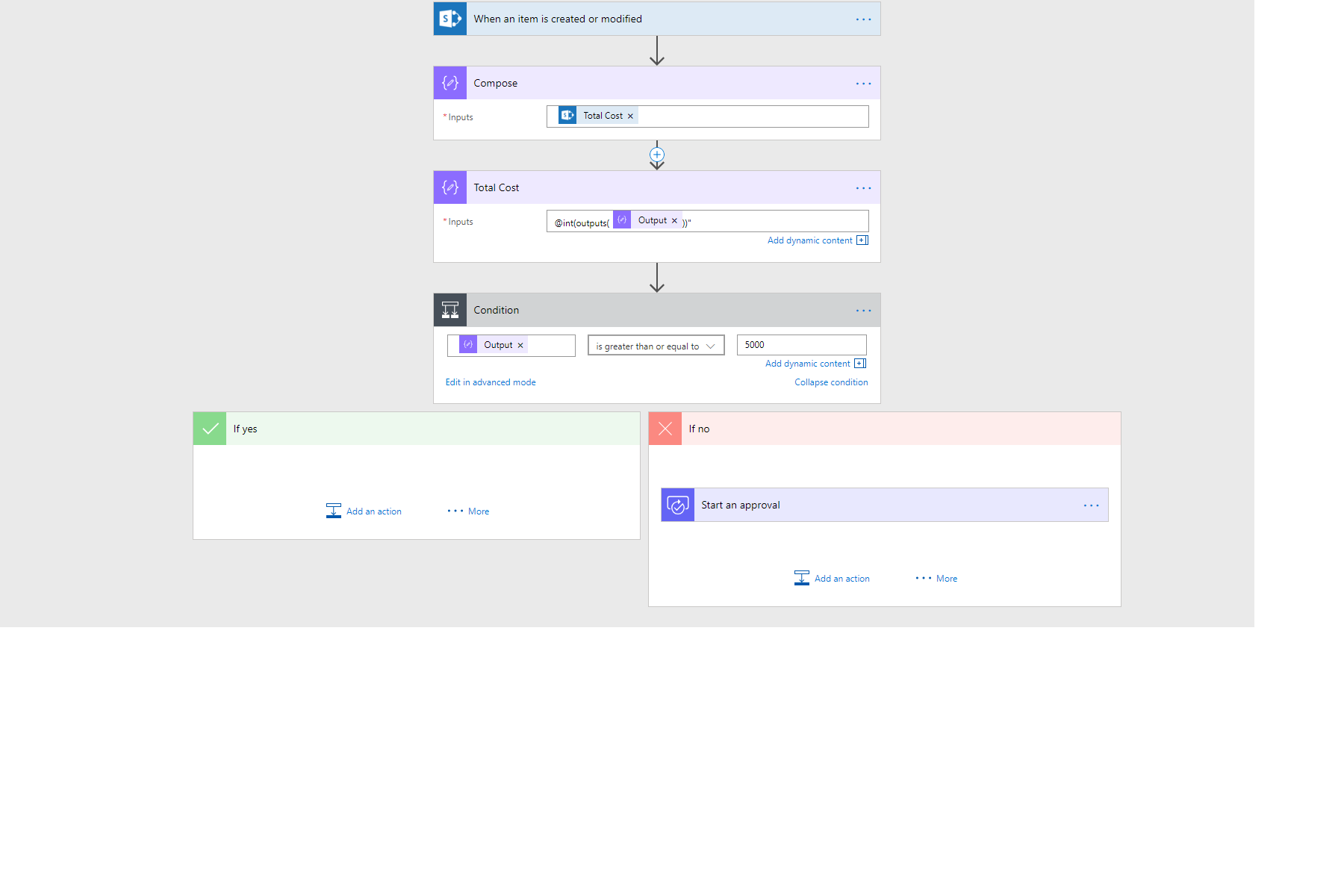





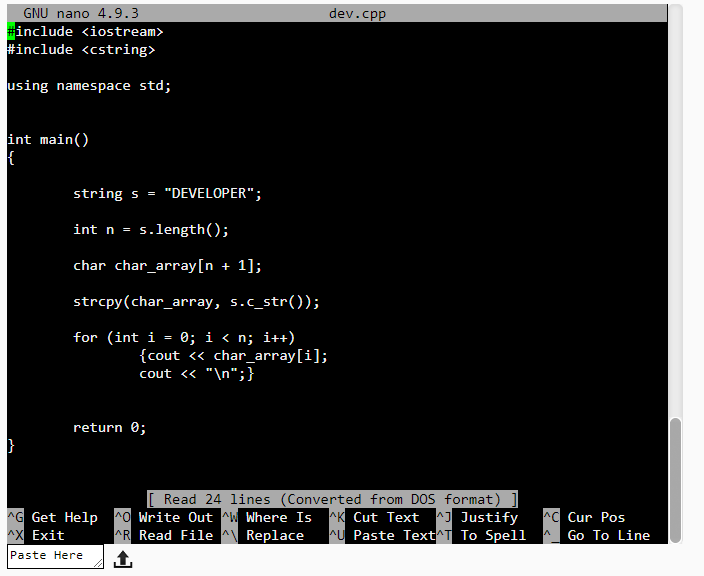

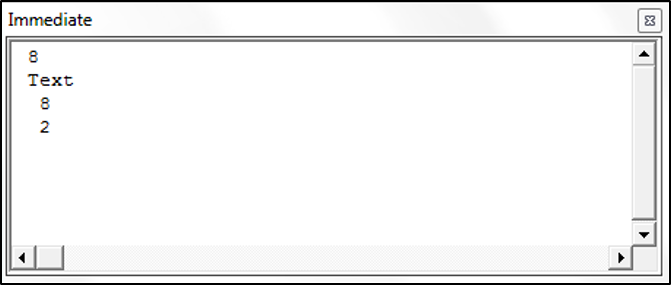
Article link: golang convert int to string.
Learn more about the topic golang convert int to string.
- Golang Int To String Conversion Example
- How to convert an int value to string in Go? – Stack Overflow
- How to convert an int to a string in Golang – Educative.io
- Golang Program to convert int type variables to String
- How To Convert Data Types in Go – DigitalOcean
- Convert between int, int64 and string · YourBasic Go
- Golang convert INT to STRING [100% Working] – GoLinuxCloud
- Go int to string conversion – ZetCode
- How to Convert integer to string type in Go? – Eternal Dev
- How to Convert Int to String in Golang – AskGolang
See more: nhanvietluanvan.com/luat-hoc